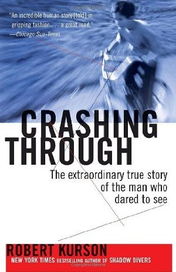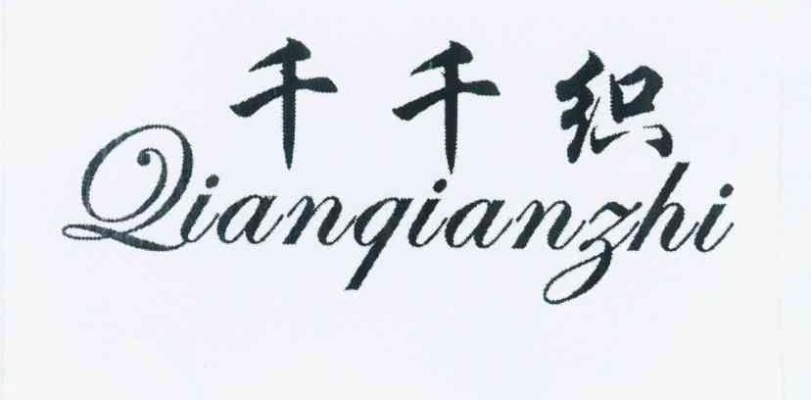The Art of Textile Inspection:A Comprehensive Guide to Quality Control
"The Art of Textile Inspection: A Comprehensive Guide to Quality Control" is a comprehensive guide that provides readers with the essential knowledge and skills necessary to ensure the quality of textile products. The guide covers various aspects of textile inspection, including color matching, pattern matching, and measuring techniques. It also discusses common issues that may arise during the inspection process and provides solutions for these problems. Additionally, the guide offers tips on how to improve the accuracy and efficiency of textile inspection, such as using specialized tools and equipment. Overall, "The Art of Textile Inspection: A Comprehensive Guide to Quality Control" is an invaluable resource for anyone involved in the textile industry.
In the world of textiles, quality control is not just a concern for manufacturers; it's a necessity for consumers. Textile inspection is the process of evaluating and ensuring that fabrics meet certain standards of excellence, durability, and functionality. It involves a multifaceted approach that includes visual inspection, mechanical testing, chemical analysis, and more. In this article, we will delve into the intricacies of textile inspection, covering everything from basic principles to practical applications and highlighting some case studies that illustrate its importance.
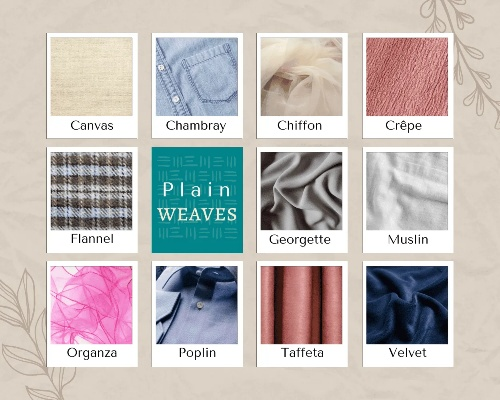
Basic Principles of Textile Inspection
Textile inspection begins with an understanding of the materials used in the production of textiles. Each type of fabric has specific properties that determine its performance and suitability for different applications. For instance, cotton is soft and breathable, while polyester is strong and resistant to wear and tear. Knowing these characteristics helps inspectors identify potential issues early on, such as color fading or shrinkage.
The inspection process typically starts with a visual examination of the fabric. This involves comparing the fabric to a set of standards, known as the "acceptance criteria," which define what constitutes good quality. Visual inspection can be done by trained personnel who are familiar with the various patterns, textures, and colors associated with each fabric type.
Mechanical testing is another critical aspect of textile inspection. This involves subjecting the fabric to various stresses and measuring the resulting deformations. Measuring the breaking strength, elongation, and other relevant parameters allows for a more accurate assessment of the fabric's durability and resilience.
Chemical analysis is also an essential part of textile inspection. This involves testing the fabric for any harmful substances, such as dyes or chemicals used in the manufacturing process. By analyzing the fabric's chemical makeup, inspectors can ensure that it does not contain unsafe levels of these substances.
Practical Applications of Textile Inspection
Textile inspection is not just confined to the factory floor; it extends to the consumer market as well. When purchasing a new shirt or pair of pants, consumers rely on the label information provided by the manufacturer to gauge the quality of the product. However, this information may not always be accurate, leading to dissatisfaction and returns.
To address this issue, many retailers and brands have implemented their own internal inspection processes. These include routine checks for defects such as loose threads or missing buttons, as well as spot checks for signs of wear and tear. These practices help ensure that customers receive high-quality products without any surprises upon purchase.
In addition to these internal inspections, external audits by independent agencies are also important. These audits provide assurance that the company's manufacturing processes are up to standard and that they are following industry best practices. By conducting regular audits, companies can stay compliant with regulatory requirements and maintain their reputation as reliable suppliers.
Case Studies: The Importance of Textile Inspection
One example of the impact of effective textile inspection is seen in the fashion industry. A popular brand, for instance, was accused of using low-quality fabrics in their clothing line. Upon investigation, the brand confirmed that they had been using subpar materials due to budget constraints. However, they quickly took corrective action by implementing stricter quality controls and investing in advanced testing equipment. As a result, their reputation improved significantly, and customer satisfaction remained high.
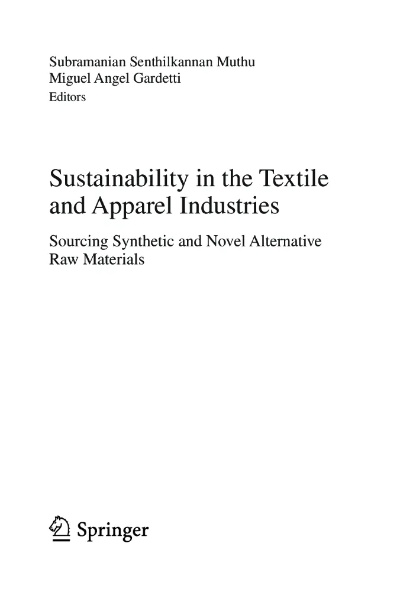
Another case study involved a textile company that produced high-end garments for luxury brands. The company had previously faced significant quality issues, including defective stitching and damaged fabrics. To address these concerns, they invested in state-of-the-art inspection equipment and trained their staff to detect even the most subtle defects. As a result, they were able to produce high-quality garments that met the exact specifications set by their clients.
Conclusion
Textile inspection is an integral part of the textile industry, ensuring that products meet both consumer expectations and regulatory standards. From factory floors to retail shelves, proper inspection practices play a crucial role in maintaining product quality and brand integrity. By understanding the principles of textile inspection and applying them in practice, businesses can deliver exceptional products that stand the test of time.
在纺织品行业中,纺织品检验是一项至关重要的环节,它确保了产品的质量、性能和安全性,本文将围绕纺织品检验的主题,通过英文案例和表格进行详细说明。
纺织品检验的重要性
纺织品检验是确保纺织品质量的重要手段,通过检验,可以确保纺织品符合相关标准和法规要求,提高产品质量和可靠性,纺织品检验也是维护消费者权益的重要环节,保障消费者的合法权益。
纺织品检验的流程
纺织品检验的流程通常包括样品接收、样品准备、检验测试、结果报告等环节,具体流程如下:
- 样品接收:接收符合要求的样品,并记录样品信息。
- 样品准备:根据检验需求,对样品进行适当的处理和整理。
- 检验测试:进行各种检测和试验,包括外观检查、尺寸测量、性能测试等。
- 结果报告:根据检验结果,出具检验报告,明确产品质量状况。
纺织品检验的案例说明
以下是一个纺织品检验的案例说明:
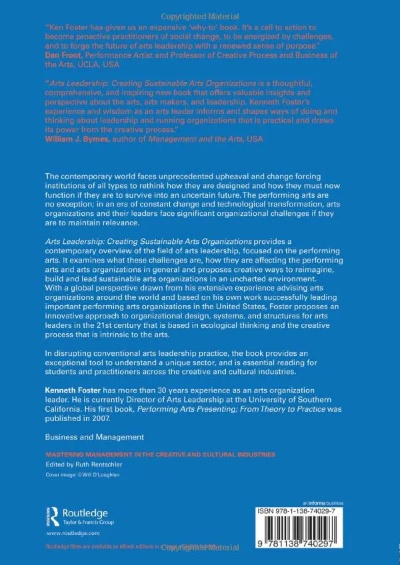
某品牌纺织品检验
某品牌在生产过程中,对纺织品的质量和安全性要求非常高,为此,该品牌采用了先进的纺织品检验技术,对每一批次的纺织品进行严格的质量控制,在纺织品检验过程中,该品牌采用了多种检测方法,包括外观检查、尺寸测量、纤维成分分析等,通过严格的检验流程和结果报告,确保了每一批次的纺织品都符合相关标准和法规要求,该品牌还注重消费者的反馈和投诉处理,及时解决消费者的问题和疑虑。
纺织品检验中的新技术应用
近年来,纺织品检验中出现了许多新技术应用,采用智能传感器进行纺织品检测,可以实时监测纺织品的性能和状态;采用大数据分析技术对纺织品质量数据进行深入分析,可以更好地了解纺织品的性能和特点,这些新技术的应用,提高了纺织品检验的效率和准确性,为纺织品的生产提供了有力的支持。
纺织品检验的表格说明
以下是纺织品检验的表格说明:
纺织品检验流程表
| 步骤 | 描述 |
|---|---|
| 样品接收 | 接收符合要求的样品 |
| 样品准备 | 根据检验需求进行处理和整理 |
| 检测项目 | 外观检查、尺寸测量、纤维成分分析等 |
| 时间安排 | 根据检验需求和时间安排进行 |
纺织品质量检测结果表
| 项目 | 检测结果 | 备注 |
|---|---|---|
| 外观检查 | 是否符合标准要求 | |
| 尺寸测量 | 是否符合尺寸要求 | |
| 纤维成分分析 | 纤维成分是否符合要求 | |
| 结果报告 | 出具检验报告,明确产品质量状况 |
纺织品检验是确保纺织品质量的重要环节,通过先进的检验技术和方法,可以提高纺织品检验的效率和准确性,注重消费者的反馈和投诉处理,可以更好地维护消费者的合法权益,在纺织品行业中,应该加强纺织品检验的管理和监督,提高纺织品的品质和竞争力。
Articles related to the knowledge points of this article:
The Price Chart of Nanshan Eco-Textiles
Exploring the Odense Textiles:A Case Study of the Ethnic Interior
Embracing the Future of Texture with 美明纺织品
Exploring the World of Fashionable Textiles:An In-depth Look at Fuxi Wang


